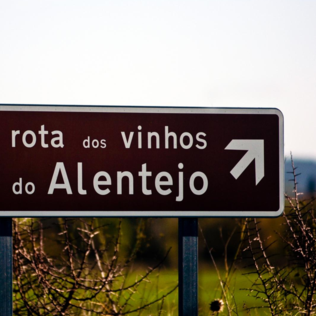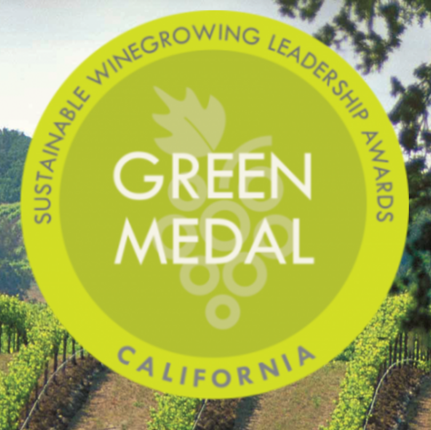by Evan Goldstein, MS
Portugal sits quietly in the Iberian southwest of Europe, a country just 575 miles long by 138 miles wide, the equal to the US state of Indiana, Yet in this diminutive reality, winewise, she’s a champ - being the 9th largest vineyard acreage in the world and first in total production. Encompassing a third of the nation’s total landmass is the region of the Alentejo, the emotional heart of the country and responsible for a large amount of her delicious table wines.
Translating to ‘Beyond the Tagus’, The Alentejo is separated from the north and western neighboring areas by the Rio Tejo (Tejo being Tagus in Portuguese). This critical area has over 4000 years of wine history and has grown rapidly of late - from 45 producers in 1995 to over 350 today (Source: Drinks Business - L. Shaw (7/2015)). With her countryside dominated by an interior, relatively flat and level terrain, this decidedly Mediterranean zone is defined by hotter weather and diverse soils - the most fertile of which are used for other agriculture and cattle-grazing lands. The confluence of warmth and growing grapes in poor soils comprised of combinations of schist, limestone, granite, clays, and marble rock equates to tasty wines that are often far more complex than their price tags may suggest. Over 80% in red wines, the Alentejo is broken into 8 DOP’s:
Portalegre (most northerly)
Borba
Redondo
Evora
Reguengos de Monsaraz
Granja-Amaraleja
Moura
Vidigueira (most southerly)
 The profile of the wines is a wonderful combination of local signature grapes along with additional Portuguese varieties that have immigrated in from other parts of the country and just the right amount, and usage, of non-native grapes to contribute quality without losing the ‘Alentejo’ness of the local profile. The signatures for white wines are Antão Vaz (indigenous to the region) in combination with Arinto and Gouveio. For reds, most wines are formed around some blend of Alicante Bouschet (the red Alentejo signature) along with Trincadeira, Aragones (Tempranillo) and, yes… Syrah, supreme in this area.
The profile of the wines is a wonderful combination of local signature grapes along with additional Portuguese varieties that have immigrated in from other parts of the country and just the right amount, and usage, of non-native grapes to contribute quality without losing the ‘Alentejo’ness of the local profile. The signatures for white wines are Antão Vaz (indigenous to the region) in combination with Arinto and Gouveio. For reds, most wines are formed around some blend of Alicante Bouschet (the red Alentejo signature) along with Trincadeira, Aragones (Tempranillo) and, yes… Syrah, supreme in this area.To be a PDO wines, there must be a minimal 75% of the ‘noble grapes’, white or red and no more than 25% of other approved grapes. Anything outside the mix is considered IGP (or VR) wines. Too, any wines that fall outside of the geographical jurisdictions of the 8 PDO regions are also IGP. Given the vast territory of the great region, it’s perhaps a surprise to discover that of the 51,000 acres of planted grapes, only 14,000 are IGP - the majority is indeed PDO! Regardless of their appellation status, they are beloved wines.
The Alentejo is #1 in sold domestically sales: 44,7% in volume and 45,4% in value; while it is also 21% of Portuguese wine exports!
Portugal’s most popular wines should be yours too! In the Alentejo, the Diversity of grapes is HUGE, even for Portugal! Add to that food friendliness within the diversity of styles, a not one-size-fits-all approach, regional variances, and a great polarity of traditional vs. modern facilities and you have a unique and exciting rainbow of wines to get to know.
Learn more at http://www.vinhosdoalentejo.pt/
Photos courtesy of Vinhos do Alentejo.



